by Richard Rule
The B-17 Flying Fortress was the most celebrated four-engine strategic bomber of World War II, but like many other aircraft that achieved lasting fame, it barely made it into production.
[text_ad]
In 1934, the U.S. Army Air Corps put out bids for a long-range, high-altitude daylight bomber. The fledgling Boeing Company responded by developing a four-engine prototype called the B-299, which, according to folklore, was dubbed a “flying fortress!” by a local reporter. The name stuck.
Having overcome early teething problems that threatened to derail the entire project, Boeing secured a small 13-plane service test order, which led to the delivery of 39 B-17Bs in March 1940. The modified B17C series followed soon after, and a number were sent to England in 1941.
The shortcomings of these early-model Fortresses soon became apparent in combat, leading to the aircraft being bolstered by armor plating for the crew, self-sealing fuel tanks, redesigned bomb racks, and a low-pressure oxygen system to cope with high-altitude flying.
With America’s entry into the war, most of the new model B17Ds were sent to the Pacific, and in fact dropped the first American bombs against a Japanese convoy in the Philippines.
The E Series Brings Major Improvements
It became apparent that the Fortresses needed more firepower, so the defenses on the E series were increased with the inclusion of a power-operated ball turret, a tail gun position, and another turret installed in the upper fuselage behind the flight deck. To improve the stability of the aircraft during the bomb run, the span of the horizontal tail plane and the vertical tail were increased in area, and a long dorsal fin was attached to the front of the tail.
The first B-17Es arrived in operational units in November 1941, and were the first version to be used in the European Theater of Operations. The distinctive new tail design would be the main recognizable feature of all subsequent Fortresses, and over 500 E’s were built before being superseded by the B-17F in May 1942.
The B-17F was outwardly almost identical to its predecessor, but had undergone hundreds of internal changes. Some of these modifications included a new ball turret, improved oxygen system, additional ball-and-socket machine-gun mounts in the nose, and another gun added at the opening on top of the radio compartment (removed from later models). Further alterations involved the fitting of wider paddle-bladed propellers to the newer Wright R-1820-97 Cyclone engines and the strengthening of the undercarriage.
With a long-range payload of between 4,000 and 5,000 pounds (which was little more than the British twin-engine Mosquito) the first B-17Fs began flying on May 30, 1942. Early combat against German fighters revealed that the aircraft’s heavy armor plating and flak curtains were not well positioned to protect the crews from frontal attacks. Changes were made in the field to remedy this problem, but they were only partially successful.
The G Series
The B-17Gs entered service with the Eighth Air Force in late 1943, and would be the major production model of the war with more than 8,600 rolling off the assembly line. This version was boosted with Pratt & Whitney R-1820-97 engines and improved turbochargers enabling it to operate at altitudes up to 35,000 feet. The most noticeable innovation, however, was the addition of a remote controlled chin turret underneath the nose equipped with two .50-caliber machine guns, boosting the aircraft’s firepower to 13 machine guns. In a further external variation, from January 1944, B-17Gs destined for Europe arrived in their natural metal finish without camouflage paint.
The 12,650 B-17s built served in nearly every theater of the war—equipping no less than 33 overseas combat groups—where their ability to absorb brutal punishment earned them the respect and affection of their crews. The performance of the B-17 Flying Fortress in the frightful daylight battles over Europe stamps it as one of the truly legendary aircraft of World War II, and perhaps of all time.
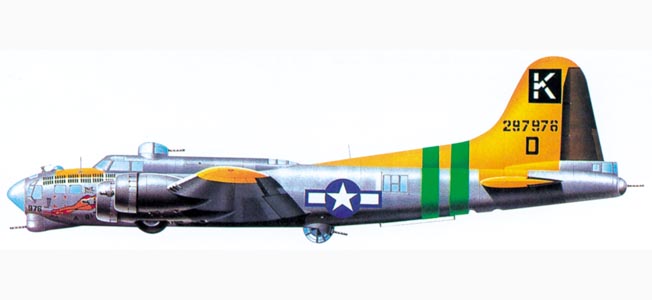
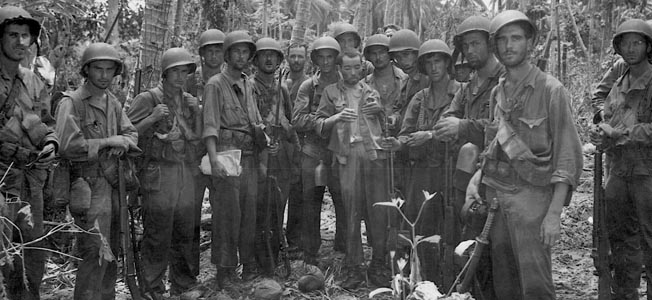
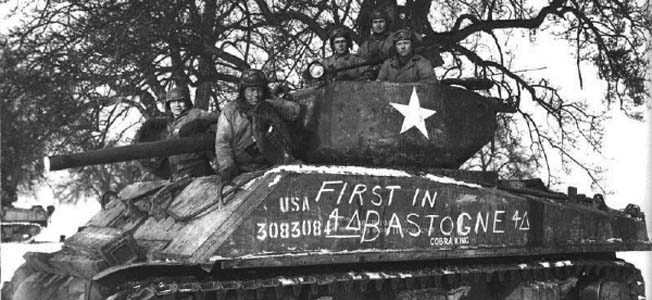
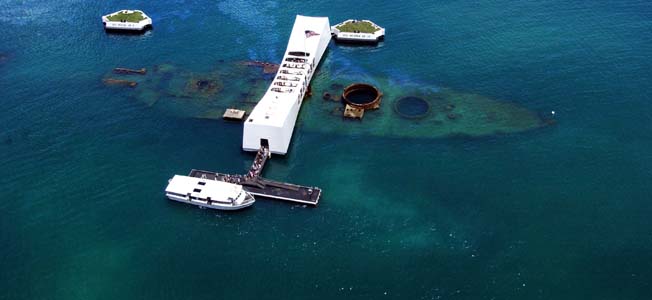
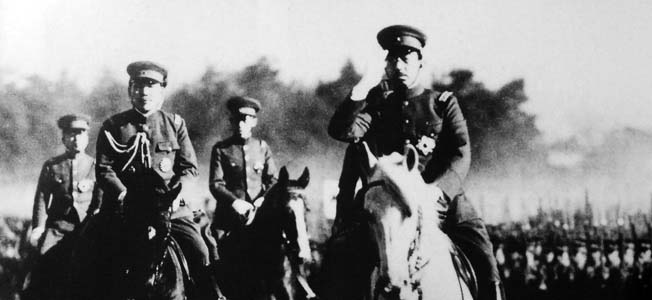
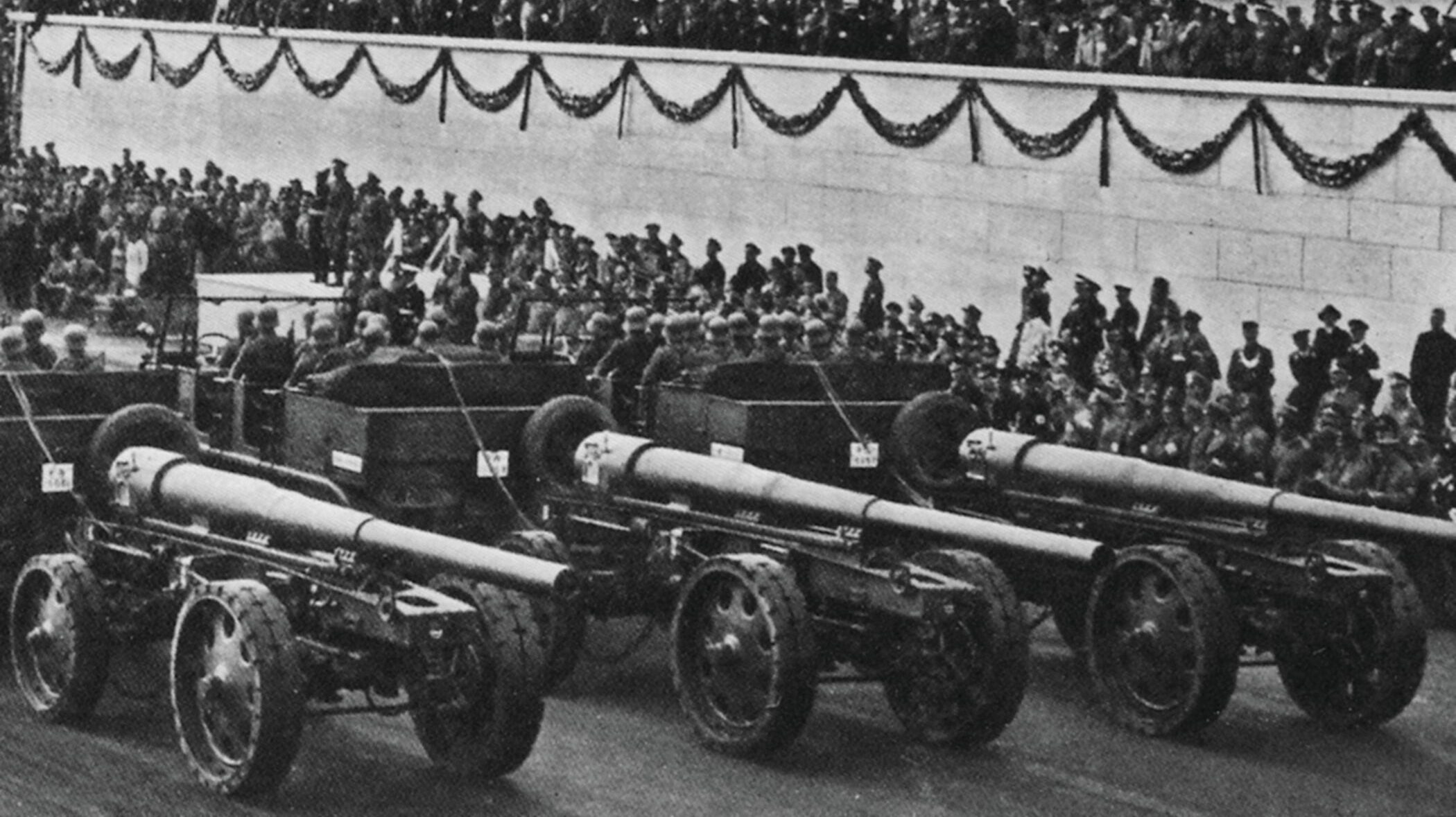
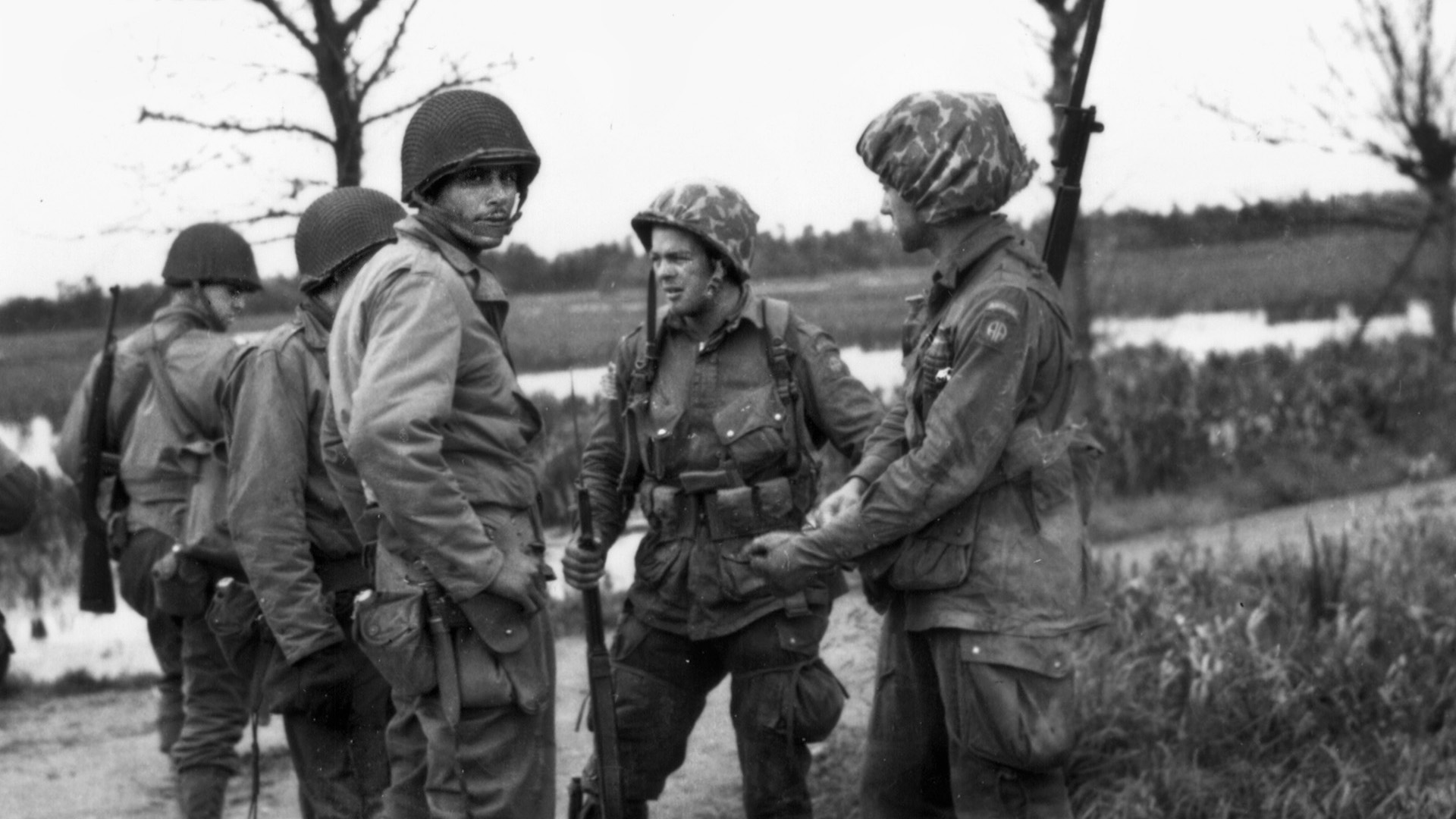
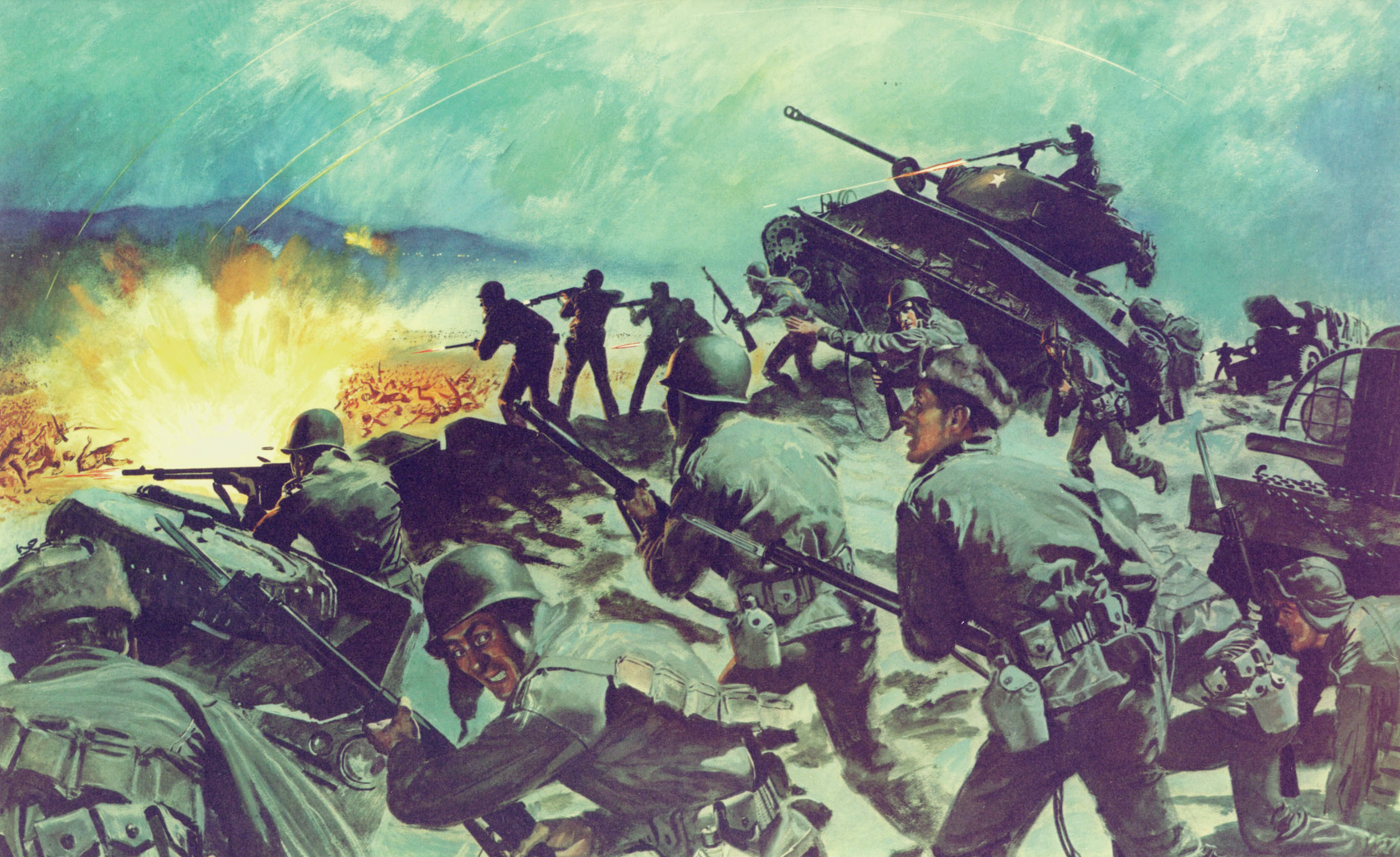
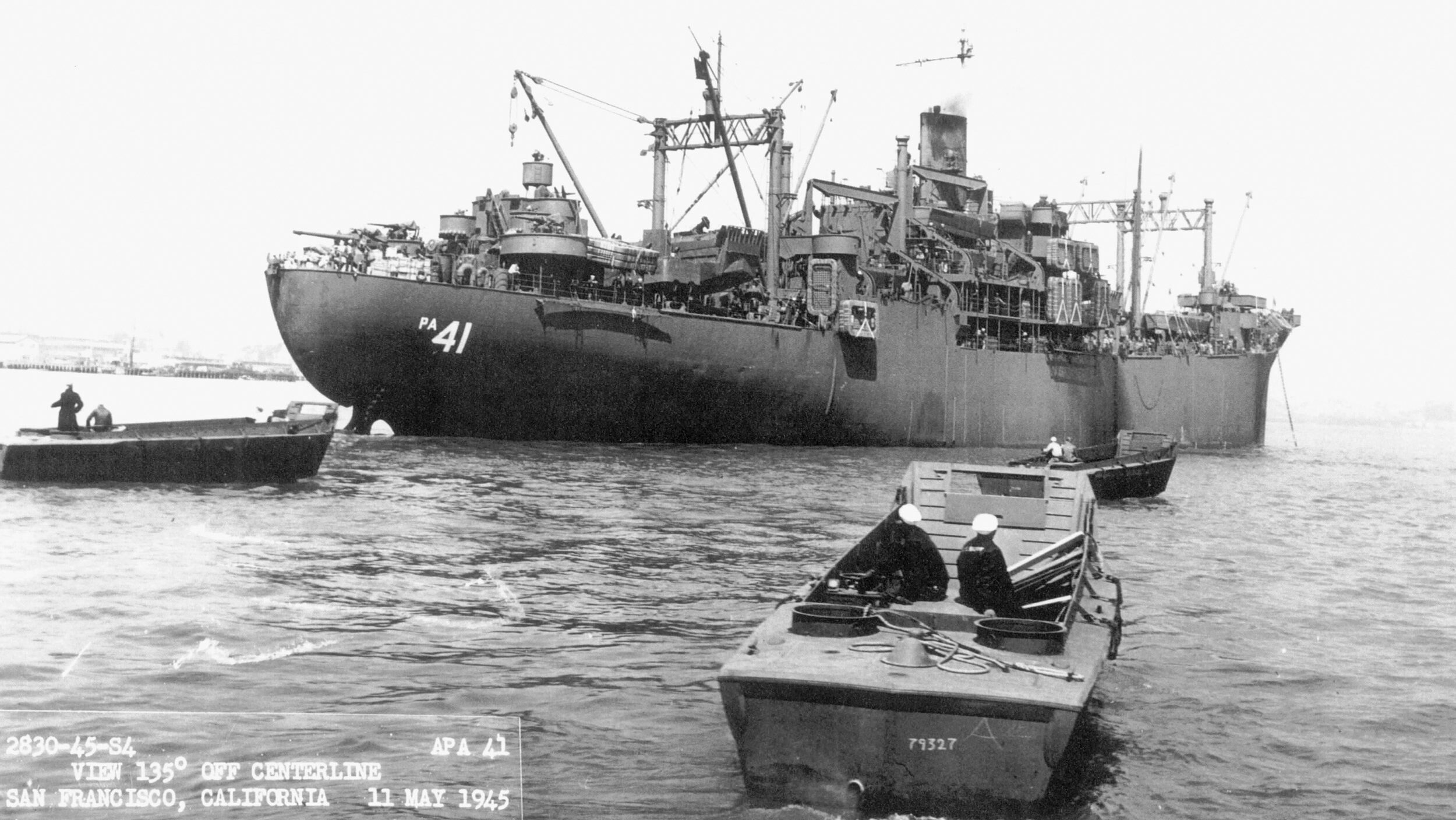
Join The Conversation
Comments
View All Comments